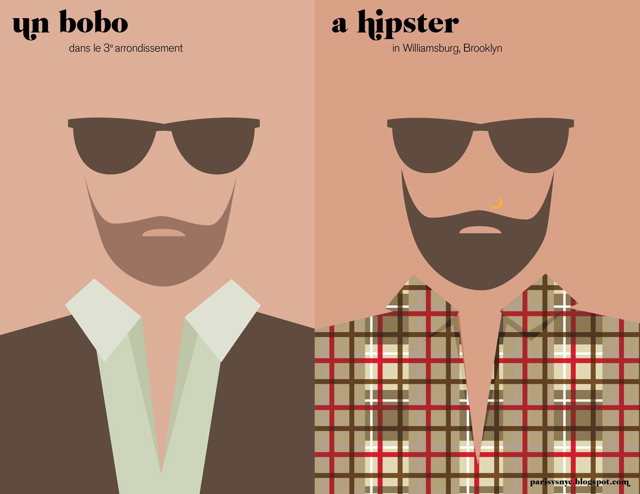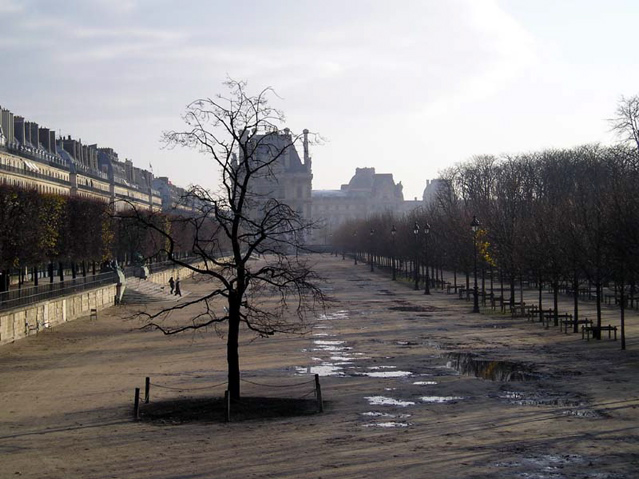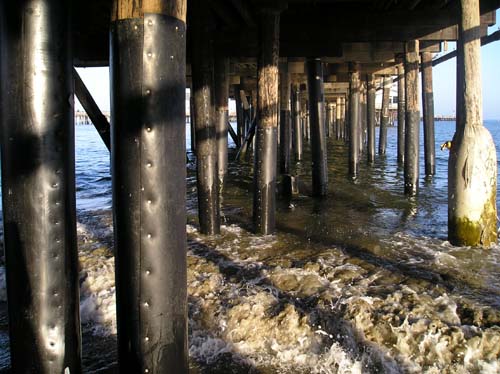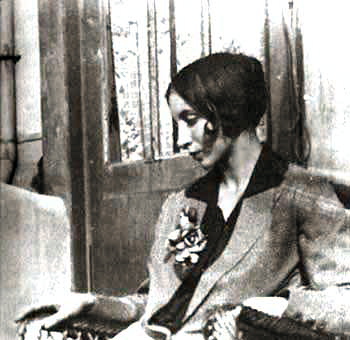Taking a road trip to Santa Barbara and L.A. to visit a couple of longtime close friends. Looking forward to salty air, beach treks, crepes on Anacapa, Sunstone Merlot, speeding down PCH in my red car with the moon roof up, smoothies at the Malibu Farmer’s Market, hearing the words “ove'” and “gnar” again, admiring the first Jacaranda blooms, talking late into the evening, and catching a film at the Arlington. Mostly, I am looking forward to reconnecting with my pretty ones.
Erin
“The castle was a closed world, like a great granite mausoleum full of the moldering bones of generations of men and women from earlier times, in their shrouds of slowly disintegrating gray silk or black cloth. It enclosed silence itself as if it were a prisoner persecuted for his beliefs, wasting away numbly, unshaven and in rags on a pile of musty rotting straw in a dungeon. It also enclosed memories as if they were the dead, memories that lurked in damp corners the way mushrooms, bats, rats and beetles lurk in the mildewed cellars of old houses. Door-latches gave off the traces of a once-trembling hand, the excitement of a moment long gone, so that even now another hand hesitated to press down on them. Every house in which passion has loosed itself on people in all its fury exudes such intangible presences.”
~ Sandor Márai, Embers (1942)
Just 18 years old, Australian photographer Nirrimi Hakanson is already capturing attention both in her home country and overseas. In 2009 she won the SOYA-Qantas Spirit of Youth Award, and last summer she shot Diesel’s Fall/Winter campaign in New York.
Hakanson’s work recalls dreams, daydreams and free-spirited summers at the sea shore. Her use of natural light, sylphlike models and stunning landscapes infuses her images with a gauzy sensuality that evokes those delicate, somewhat-idealized moments of the teen years that tend to haunt old photo albums or crop up during bar-stool reminiscences.
Looking through Hakanson’s ebullient depictions of adolescence makes me want to take my inner 16 year old for a midday skinny dip off the southern coast of Hvar. Perhaps they will have a similar effect on you?
You can learn more about Nirrimi’s work on her blog.
 A clever graphic showdown between the City that Never Sleeps and the City of Light, Paris vs New York is the creation of designer Vahram Muratyan. Click here for more of Vahram’s “tally of two cities.” Giclée prints of various illustrated comparisons are also available.
A clever graphic showdown between the City that Never Sleeps and the City of Light, Paris vs New York is the creation of designer Vahram Muratyan. Click here for more of Vahram’s “tally of two cities.” Giclée prints of various illustrated comparisons are also available.
 World Hum recently ran a beautiful piece by Jeffrey Tayler that examines a bittersweet, often-overlooked side of travel–the roads not taken and the loves left behind. For me, it evoked the transiency inherent in human relationships; a transiency that is felt more acutely for us vagabond sorts.
World Hum recently ran a beautiful piece by Jeffrey Tayler that examines a bittersweet, often-overlooked side of travel–the roads not taken and the loves left behind. For me, it evoked the transiency inherent in human relationships; a transiency that is felt more acutely for us vagabond sorts.
The natural cycle of friendship unfolds faster for the wanderlust-prone. Intimacy and separations can occur suddenly, and those bonds that form so quickly on the road are often severed with equally jarring swiftness. Itineraries change. Alliances form and shatter. People dance in and out of your life. You share moments or weeks or months with someone, only to move on to a different city, country or decade; the relationships left behind gradually fading in the corner of your memory like postcards you forgot to send.
Over time, those people who played central roles, however briefly, in your daily life recede from your thoughts, occasionally reappearing as flickers of landscapes left behind. Friendships cultivated during my own trips abroad in my teens and early twenties will surface in an abbreviated jumble of sensations: A languid summer meal with Isabelle V. at Sormani in Paris, a dim train compartment en route to Calais with Ineke S., the sound of Marc G.’s buoyant tread on the staircase in a weathered Swiss chalet, the coconut-honey smell of Joey L.’s sunscreen as we lounge on a pebble-clotted Hydra shoreline.
“Zurich BH 2” from Izakigur in Switzerland. The light, the tones and the contrast infuse an otherwise ordinary moment at a Zurich train station with both energy and a sense of solitude. Goethe may have called architecture “frozen music,” but this image comes pretty close.
“I love to say that I am ‘denying time,’ and I am ‘following the light,'” the photographer notes in his flickr profile. “Light is the big seducer.”
For more of Izakigur’s impressive work with light and landscapes, visit his flickr stream.
“The burst of Chopin under a sky lit up with brilliancies…There wasn’t a breath of wind and the music spread all over the dark boat, like a heavenly injunction whose import was unknown, like an order from God whose meaning was inscrutable…and afterwards, she wept because she thought of the man from Cholon and suddenly she wasn’t sure she hadn’t loved him with a love she hadn’t seen because it had lost itself in the affair like water in sand and she rediscovered it only now, through this moment of music flung across the sea.”
~ Marguerite Duras, “The Lover” (1984)
Considering mental afflictions as signs of intellectual superiority
“Parisians value intelligence more than happiness. In Paris, happiness is the sad symptom of an atrophied brain, the curse of the stupid, the limbo of the ungifted.
Mechanically he who is not happy is gifted, he whose brain does not agree with the world is intelligent. The more brutally unfitting the person is, the more gloriously superior his brain is. In this undeniable logic lays the utter privilege of the crazies: that of being looked up to by the Parisian.
The inability to handle the vicissitudes of life testifies to the Parisian eye of an acute perception of the incertitudes and difficulties that make up life. Knowing that life is about incertitudes and difficulties is pure intelligence to the Parisian. Therefore, if they were to choose between being an irremediably unhappy creative genius or a perfectly happy nobody, most Parisians would opt for the grandiose life of misery.”
This blog by witty, Parisian sommelier Olivier Magny has had me laughing so hard as to nearly spit out my Cabernet Franc in mid-swill. It is smart, well-written and full of bitingly funny insight. Bien joué, M. M!

Tuileries on a mid-December morning. © Erin Zaleski
I took this in mid-December in Paris several years ago. It was unusually sunny, but I was feeling melancholy for numerous reasons. Mostly because I had to fly back to the States the next day.
Monday would have been Anaïs Nin’s 108th birthday. I remember reading her diaries as a teenager and yearning for transatlantic crossings, opium masquerades and rollicking affairs (just not with Henry Miller who, literary stature aside, I found rather trollish).
Mostly I remember being awestruck by her remarkable talent, insight and intense passion–for beauty, for creating and for living.
This passion is evident in much of her writing, but particularly so in this excerpt from her diary:
“I am an excitable person who only understands life lyrically, musically, in whom feelings are much stronger as reason. I am so thirsty for the marvelous that only the marvelous has power over me. Anything I can not transform into something marvelous, I let go. Reality doesn’t impress me. I only believe in intoxication, in ecstasy, and when ordinary life shackles me, I escape, one way or another…”
Well put, Madame.




